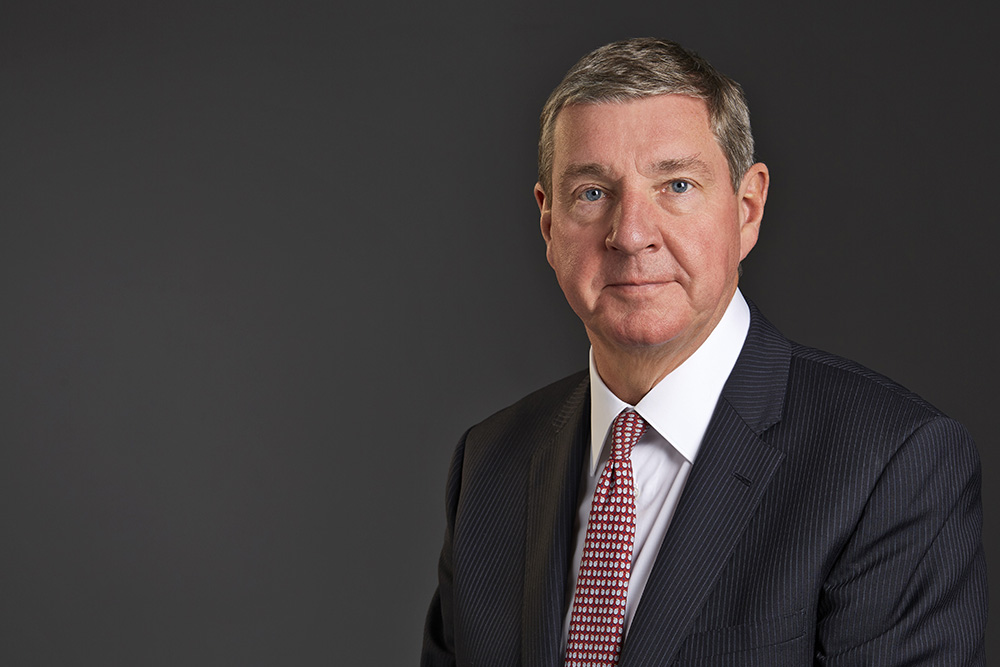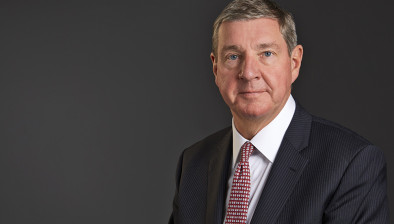Tax on buying property in Scotland reaches new record figure

David Alexander
The tax on buying property in Scotland has reached a new record figure in the latest statistics, according to analysis by property firm DJ Alexander Ltd.
The firm said that Scottish Government revenues from Land and Buildings Transaction Tax (LBTT) increased by 11.5% between September and October rising £7.2m to a new record total of £69.6m.
Between November 2021 and October 2022 revenues rose to £634.9m which is a 16.3% increase compared to the £545.8m raised in the 12 months to October 2021. The last four months alone have brought in over a quarter of a billion pounds (£259.3m) and are the four highest monthly totals since LBTT was introduced in April 2015.
Last month just 1,910 homebuyers paid 84.3% of all tax (excluding additional dwelling supplement (ADS)) totalling £42.3m out of a total of £50.2m collected. In Scotland, the 10% tax rate begins for all properties sold for £325,001 or more and each homebuyer over this threshold paid an average of £22,146. For properties sold for more than £750,000 just 130 people paid £96,923 each on average contributing £12.6m which is equivalent to over a quarter (25.1%) of all tax raised.
Over a quarter (27.7%) of all revenue raised through the additional dwelling supplement (ADS) was paid by landlords, property investors, and second homeowners contributing £19.3m during October alone. In the last three months alone – which are the three highest amounts collected since LBTT began -the ADS has raised £54.0m.
David Alexander, the chief executive officer of DJ Alexander Scotland, commented: “The property market continues to be a strong contributor to the Scottish Governments’ coffers. Obviously, this is in part due to the housing boom that has happened over the last few years, but it is equally down to the substantially higher rates charged north of the Border.”
“Our English counterparts pay nothing like this in tax to buy their homes and there is an increasing disparity between how much we pay in Scotland and whether this will limit growth in the country if buyers can save thousands - and sometimes tens of thousands – to invest their money south of the border.”
He continued: “It is important to understand how much earlier taxes begin in Scotland and how quickly they increase to a more substantial level than in England. Scottish first-time buyers and those buying homes worth more than £325,001 are particularly badly affected by higher LBTT charges. First time buyers in Scotland will start to pay tax above £175,00 while in England this doesn’t start until £425,000. For all buyers in Scotland a 2% rate starts at £145,001 to £250,000 while English buyers pay nothing at this level.”
“From £250,001 to £325,000 Scots pay 5% while this rate is charged up to sale prices of £925,000 in England. From £325,001 (a purchase price that is not exceptional in Scotland and is paid by many workers including teachers, nurses, office staff) 10% tax is paid up to £750,000 and 12% beyond that.”
Mr Alexander concluded: “These figures highlight just how substantial the tax disparity has become. With more people able to work from home and consequently anywhere in the UK relocation is less of an issue. But for the economy it is essential for Scotland to continue to attract people to live, work, and spend their incomes in our towns and cities. With such a large difference in property taxes, impacting people at all levels of society, there is a very real risk that Scotland becomes a place which is too expensive to buy. We want to encourage more people to live here providing good jobs, affordable homes, and an appealing lifestyle and high taxation is rarely an attractive proposition.”







